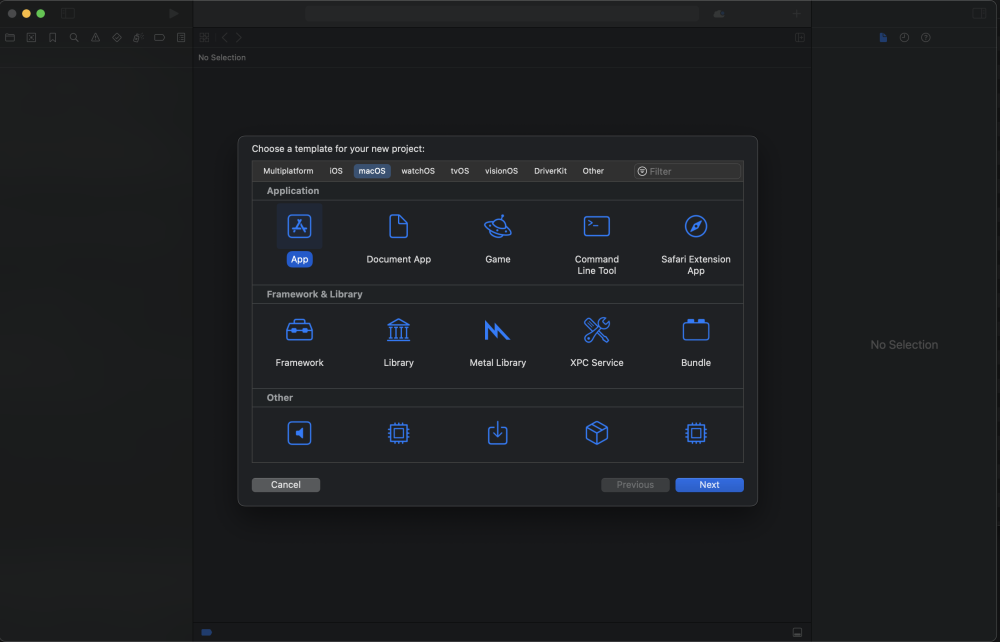-
Posts
56 -
Joined
-
Last visited
Reputation
10 GoodPersonal Information
-
Occupation
Homebuilding
-
Hobbies
Design
-
Location
Oklahoma
Recent Profile Visitors
The recent visitors block is disabled and is not being shown to other users.
-
@Ross Harris I understand what you are saying, but at the end of the day are you still not held to IRC (International Residential Code) compliance? What I am merely suggesting is some sort of plug-in that would enable the understanding/ knowledge of taking manufacturer specifications, alongside that of the Engineer's recommendations, and adding those values/data into the working model for having the ability to create LOAD CALCs.
-
http://design.medeek.com/resources/resources.html Look at all the tools developed here for Sketch-up by Nathan who is a FRAME CARPENTER. PLUG-IN Listing: TRUSS Tool TRUSS Design Tool WALL Tool FOUNDATION Tool FLOOR Tool ELECTRICAL Calc SEISMIC Design Tool ASCE Wind Design Tool SNOW Load Calc SLIDING SNOW Load Calc WIND LOAD Calc (Envelope) WIND LOAD Calc (Directional) WIND LOAD Calc (Components & Claddingl) STUD WALL Calc NAIL Calc DIAPHRAGM & SHEATHING Calc PORTAL FRAME Calc SQUARE FOOTAGE Calc STEM Calc DECK Calc FENCE Calc SIGN Calc GAMBREL ROOF Calc Again, I will restate and emphasize that the aforementioned would be excellent additions that will greatly serve and compliment your existing user base. I know that some of the existing tools already cover some of the features listed above, but without knowing all of above, VW does a tremendous disservice to those in Residential Construction field. For Architects, I'd imagine their gripes would reside elsewhere (WALL TOOL, WINDOW & DOOR INSERTION, LAYERS/ TEXTURES, COLUMNS, ROOFS), and this is the Pandora's box that opened itself the moment that VW decided it would become a multi-focused application (SPOTLIGHT / LANDMARK / ARCHITECT/ DESIGN SUITE) beyond the isolated scope of Architecture, which I seem to recall was the initial reason Richard Diehl wrote the application back when it was MiniCAD in the 80's. Frustrated, I am... yes. Vectorworks is still without a doubt the best functional CAD/BIM application for the Mac desktop. I just desire to improve it, and it sounds like I may have to go at this alone. Also, its like someone once told me... "you never want to be a Pioneer, they are the first ones to get shot in the back by Indians!"
-
@Matt Panzer I think that not incorporating what's necessary for construction of Single Family Residential Dwellings is a huge miss. And I find it amusing that Architects continually pass the responsibility onto someone else! For those who hold a professional license, they most certainly have missed the directive of "public safety". Knowing all the details of any project is paramount, and I think that VW should reflect the same.
-
@Matt Panzer - Why is the FRAMING process not more important for Vectorworks? Especially when you consider current IRC requirements for braced wall panel design, this seems to be a much-needed feature from the VW team. Architects & Home Builders are now being required to understand how the framing works on the house not just for design sake, but also that of required calculations, takeoffs, and load analysis (both seismic and wind load paths). Others have chimed in that they do not want the WALL TOOL to be modified as it may affect their workflow, and I think that makes sense to not tie this to the WALL TOOL. Furthermore, others have posted that the PROCESS I am seeking is the job of an Engineer. I like to be knowledgable and in control of my projects, and would hope the Vectorworks team can see value in improving the software to assist those in the field I have said earlier... I welcome a conversation with the programming team that could assist in developing methods or processes on how best to move forward with the development of a functional solution. It would be really nice to replicate the entire process for how Residential Construction happens in the field. And when you consider that the LOAD PATHS are transferred from the Roof System, down through the Walls, then into the Foundation it makes the FRAMING absolutely crucial to have correct when constructing a Digital Twin. So perhaps we just need another tool to be developed that can be tied to the WALL TOOL and update as changes are made to the WALL TOOL. Other things that would be nice to have... - inclusion of braced wall methods - inclusion of options for insulation methods - ability to shift from 16" to 24" on center framing - ability to select individual corner styles for common framing methods, and have multiple methods in single system - insertion options for studs (sizing (2x4), (2x6), (2x8), materials (dimensional lumber, LSL studs)) - implementation similar to 2 point click for Cabinet Plug-in for poly line insertion along FOUNDATION perimeter - inclusion of options for mud sill, untreated plate, treated plate - compliance with minimum of IRC 2018 code Future improvements... - APA Wood Calculator integration - Material takeoff - IRC enhancements & required changes to Braced Wall Panel design (Chapter 6) for more current iterations of code (2021, 2024). - Potentially integrate Roof, Truss, Ceiling, and Floor into this tool for more accurate modeling capabilities
-
Well, what I would like to get down to is having the wall tool smartly illustrate accurate framing, both demonstrating traditional framing and modern advanced framing methods. Given that we’re now being asked to conform to current IRC standards, I would think that this is now more important than ever to accurately model. Not solely for design purposes, but also for understanding the engineering, and accuracy of takeoffs for materials. Software has always been designed to solve problems due to the speed the machine provides over humans. It would be a warm welcome to have this incorporated into VW.
-
And I also have the latest SDKVW(750359)
-
-
Can anyone advise as to what's the best practice for a new setup on a Mac for SDK 2024? The install notes are dated to 2015, and are of little value to Modern Xcode.
-
WALL TOOL, my entire thread is/was started based on what is being done here http://design.medeek.com/resources/resources.html for Sketchup. It's pretty amazing what this gentleman has done, and I would like to incorporate these ideas into VW. While some would say this is overkill, I completely disagree. After all the more complete the digital twin becomes, the more useful the tool would be in your design arsenal. And can you imagine if it would rebuild on the fly like it does now when you modify the WNDOW / DOOR objects?
-
It would be really nice to have the WALL TOOL revised to reflect the parameters listed below: Wall Justification (required) - allows the user to define the wall placement relative to the line used to draw the wall. Wall Header Height (required) - default header height for openings in inches. Stud Size (required) - pick from a selection of standard stud sizes (nominal dimensions). Stud Spacing (required) - center to center spacing between studs in inches. Stud Direction (required) - allows the stud layout to be from either the right or left. Start Corner (optional) - specify the corner configuration at the left end of the wall, this parameter is ignored when auto-corner configuration is enabled. Start Angle (optional) - specify the corner angle at the left end of the wall in degrees, this parameter is ignored when auto-corner configuration is enabled. End Corner (optional) - specify the corner configuration at the right end of the wall, this parameter is ignored when auto-corner configuration is enabled. End Angle (optional) - specify the corner angle at the right end of the wall, this parameter is ignored when auto-corner configuration is enabled. Top Plate Qty. (required) - number of top plates the wall is constructed with. Top Plate Thickness (required) - thickness of the top plate(s) in inches. Bottom Plate Qty. (required) - number of bottom plates the wall is constructed with. Bottom Plate Thickness (required) - thickness of the bottom plate(s) in inches. PT Bottom Plate (optional) - specify a pressure treated bottom plate Wall Group (optional) - wall panels can be grouped and then later modified in a batch mode. Wall Framing (optional) - sets the framing mode of the wall panel: 2D, 3D (No Framing), 3D (Full Framing), ICF or CMU (concrete block). Advanced Wall Options (optional) - enables advanced options for the wall panel (ie. sheathing, gypsum, cladding, insulation, trim, hold downs and blocking). Additional parameters and options are available for windows, doors, exterior trim, insulation, sheathing, cladding, gypsum, holdowns and interior trim. I gather from reading other posts that the WALL TOOL is a legacy tool and hasn't been updated in some time. I would welcome a conversation with VectorWorks and would entertain assisting in reengineering that component of the software directly. Please feel free to reach out.
-

Framing Improvements
Ryan Russell replied to Taproot's question in Wishlist - Feature and Content Requests
JuanP, can you update on any changes since 2019? -
It's funny because that was the exact plugin I was referring to in my original post!
-
not that I don’t agree, but I would like to be able to accurately model it.
-
All, Sketchup seems to have some time saving plugins that have been developed for Residential Construction for Foundations and Framing. I am wondering if someone knows of anything that can benefit a Residential Single Family Construction workflow? Granted we now have Cabinets that can be modeled and some scripts that have been written for creation of tubs, toilet, and sink placements, I am still struggling on understanding why Vectorworks doesn’t specifically cater more toward this workflow, etc.. Perhaps I am just not looking in the right place? Thanks in advance your time and support. Ryan Russell
-

Downloadable PDFs of VW Online Guides
Ryan Russell replied to E|FA's question in Wishlist - Feature and Content Requests
Has anyone compiled a master resource list for learning VW that offers all the content ever published by Nemetschek & Partners?




